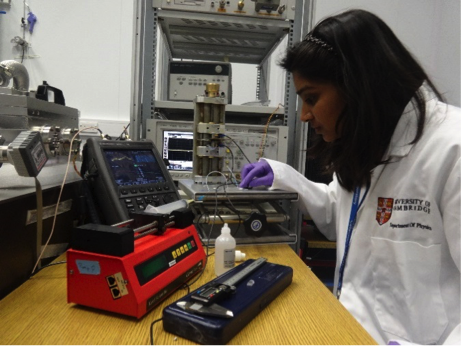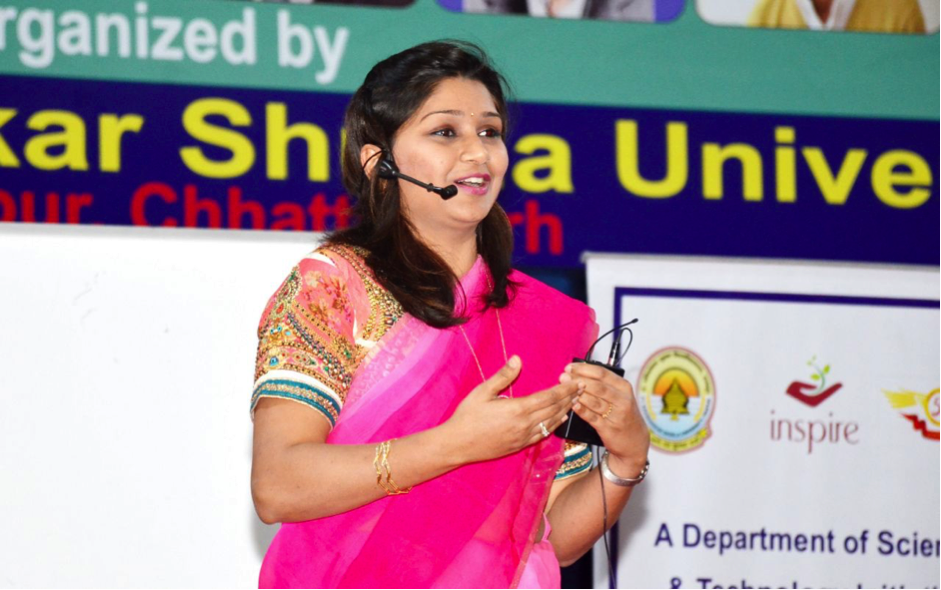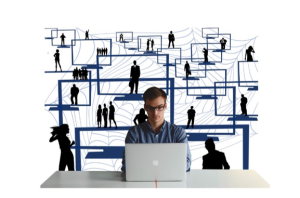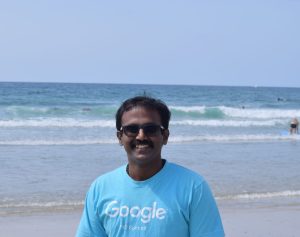In today’s article, we share the story of an early career biomedical engineer, who is passionate about creating affordable and effective healthcare solutions. We are speaking to Dr Megha Agrawal, an extraordinary individual, who brings together her expertise from the medical industry, knowledge from working in many world-class institutions, experience from Innovation programs and understanding from resource-constrained settings having lived in various countries around the world. She spends much time inspiring the younger generation for STEM and also has a variety of interesting hobbies. She is an active IEEE member and volunteer and you might meet her at IEEE conferences, but for now, let’s bring you her interview.
Please tell us something about yourself.

I am a Schlumberger Faculty for the Future post-doctoral fellow at Imperial College London working in the Ultrasound Lab for Imaging and Sensing. I am working on a shear wave elastography technique for muscle stiffness determination. In 2015, I graduated with a PhD from the University of Cambridge where I developed an ultrasound technique for an integrated diagnostic device with Prof Ashwin A Seshia. I am passionate about science and especially interdisciplinary fields. I have been working in the exciting field of Biomedical Engineering for the last 14+ years and loving it every day and learning more each day.
Tell us more about your background, your family and how you started in this field.
I come from Chhattisgarh, a semi-rural state in Central India where I lived until my undergraduate studies. My father is a Professor of Physics and is an active researcher in Solid State Batteries. My mother was a lecturer in Political Science. We live in an extended family with grandparents, uncle aunt and cousins. I am proud to have learnt a lot from my family and surroundings which laid a strong foundation for me with varied interests. I opted for Biomedical Engineering, firstly because of my passion for both Biology and Mathematics and secondly with the motivation to develop cost-efficient healthcare.
I did my undergraduate studies in Biomedical Engineering at the National Institute of Technology, Raipur. Then pursued a master’s at the Indian Institute of Technology, Bombay, where I developed and tested a hear hole closure device. After that, I went into the medical devices industry and worked for 2.5 years at Stryker as a Design Engineer, where I designed and developed surgical instrumentation products and hip/knee implants. While at Stryker, I was also selected for an Internship at Stanford India’s Biodesign programme, where we pursued the bio-design process for the development of a vein access device, with multi-disciplinary background team members. After my time at Stanford India Biodesign, my inner passion for Biomedical research was re-ignited and I decided to pursue a PhD. I was lucky enough to get selected for a fully funded scholarship from the Commonwealth trust and a PhD position at the prestigious University of Cambridge.
Which aspect of science excites you the most?
While working in the industry and academia across the globe for the past 8 years, I have come across some truly exceptional and talented people. Learning from this diversity and collaborating amongst different disciplines excites me the most. I have worked with artists, surgeons, nurses, doctors, designers, engineers and scientists from different fields- each of whom brings a unique perspective to solving a problem, which I think is the catalyst to develop truly remarkable solutions.
I am also very passionate about outreach activities involving the younger generation in order to inspire them for science and to share our work in simple terms. I have been invited twice as a mentor at the Inspire camp organized by the Department of Science and Technology in India for fifteen-year-olds. I also demonstrated working of Ultrasound with contrast agents at the Imperial festival and demonstrated the Nanotechnology principle at Science Festival in Cambridge. Igniting the minds of these future torch-bearers of science and seeing their amazement excites me the most.
Can you please explain a little bit about your research?

The acoustic signature produced by sound waves interacting with a medium can be used to determine the mechanical properties of that medium non-destructively. While high-frequency ultrasonic waves have been employed for non-invasive medical imaging, these techniques have received far less attention in other domains, for example in the characterisation of the mechanical properties of biological matter in-vitro. In my doctoral work, this proposed technique was applied to the characterization of various solids and liquids in different device configurations, leading to the development of a miniaturized system for non-contact characterisation samples including biological liquids. In my post-doctoral work, we are exploring high frame rate signal processing for Ultrasound imaging to analyse shear wave propagation speed to determine properties of materials like in tissue-mimicking phantom, patellar tendon and inter-vertebral discs.
So when you are not researching or presenting talks to younger audiences, what are you interested in?
I like singing, dancing and making new friends. A few years ago, I solved my first Rubik’s cube, since then I found a deep interest in solving its variations like 4x4x4 Rubik’s revenge and dodecahedral Megaminx.
Great! One last question, please tell us about your involvement with IEEE.
I have been involved with IEEE since I was a student and have benefited greatly from the close-knit community. In Cambridge, I was the executive committee member for the first student branch of IEEE, where we helped increase visibility amongst students by organizing networking events and competitions. I have been fortunate to have received travel grants from IEEE to present my work at International Ultrasonics Symposium (IUS) – with a poster and at International Frequency Control Symposium (IFCS) – as a competition finalist. I am also involved with IEEE Women in Engineering UKRI chapter.






